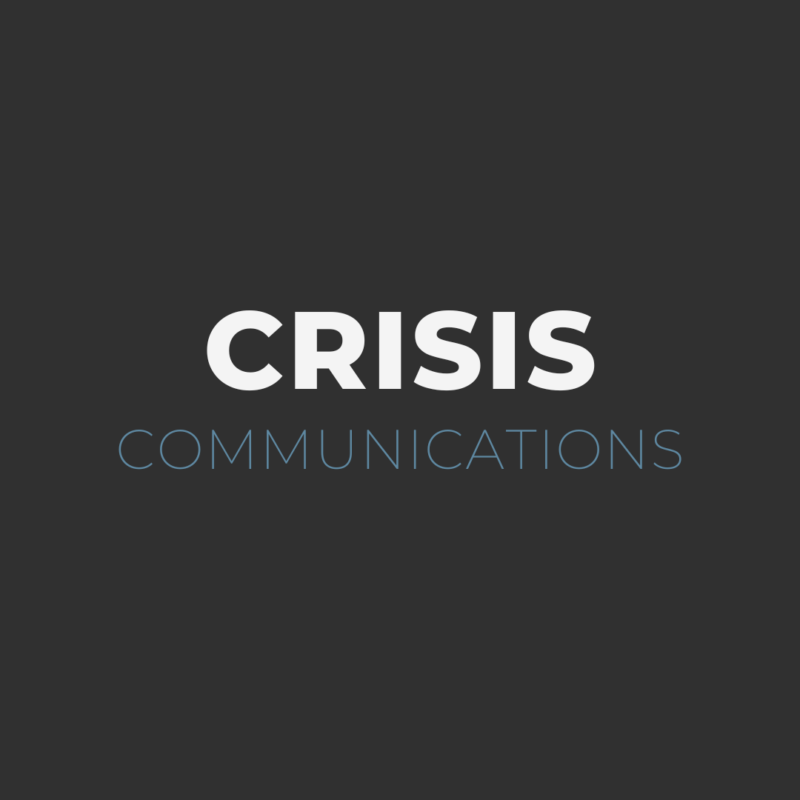Kelli’s Version of How to Win Friends and Influence People
Not long ago, I was in a security line at the airport. I was about seven months pregnant, so while it wasn’t really a secret, most people wouldn’t say anything unless I did. The guy in front of me didn’t think that way. He turned around and asked when I was due. I took the opportunity to – with a straight face – tell him I’m not pregnant. The straight face didn’t last, because he wasn’t for a second deterred unless I could convince him there was actually a basketball under there.
It really didn’t bother me when people asked when I was due, but I never personally ask that question. And I’m sure, if I wasn’t pregnant, I would be really bothered! It makes me think, though – how well can we read our own audiences? How much more effective would we be in business and in life if we improved in that area?
1. Get with the times.
In this day and age (the day in which nearly two-thirds of Americans have a smart phone and the Square reader exists), I feel there isn’t much reason for a business not to take credit cards.
The same goes for other types of technology. Our owner recently got an email from a local salon inviting her to come back for $10 off any service. She went in, showed the offer on her phone and asked for a massage. They wouldn’t let her have it! They said she needed to print it out. So, they lost a customer because they wouldn’t make good on an offer they sent via email due to a technicality. I’m willing to bet other people have the same problem.
You might learn a lot by staying quiet to listen to what people are saying. I’m reminded of a story involving our intern meeting a client. This client’s restaurant offered a wide selection of craft beers, and the meeting was taking place in the early evening. Everyone went around the table and ordered a craft brew. Being fresh out of college, she had every intention of ordering a Michelob Ultra, which would be insulting to a craft beer connoisseur. Instead, she followed everyone’s lead and ordered something light from a local brewery. Good call.
2. Put yourself in their shoes. Or find someone who can.
If your customers are people you can’t identify with, your business is unlikely to do very well. That doesn’t mean a man can’t run a women’s shoe store, but he should surround himself with women who can help him better serve his customers.
Target is learning this lesson the hard way. After my baby shower, they refused to send me a registry completion coupon until the month of my due date. I was appalled. What if my baby came early? What if a product was out of stock? What if the shipping was stalled due to a hurricane in my area? I was not willing to wait to buy a crib or other key items, so I found several pieces of my nursery furniture at other places, like Bed Bath & Beyond/Buy Buy Baby, which conveniently gave me a 20 percent off coupon. And I let Target know how much they’d lost from me. They apologized and offered me a $30 gift card… that I’m still waiting to receive. We’ll see if they take my suggestion to put a due date AND a shower date on the registries to expedite this completion business (and whether they listen to the mothers in their own company who could help them avoid these issues).
3. There are no bad questions, but there are bad times to ask them.
There’s a time for everything. At Obsidian, we onboard new clients with a big “information transfer” meeting. Now, that meeting is the perfect place to ask questions about the management structure, the competition and existing processes. It is NOT the place to ask what type of business they run. It’s my job to research that before I meet them.
Some of these things can also be overcome by listening (see tip No. 2). You may learn something!
4. Follow their lead.
Let’s face it. The customer is not always right. The client is not always right. The boss is not always right. But sometimes, it’s important to put yourself in their shoes (tip No. 3), listen (tip No. 2), ask questions at the right time (tip No. 4) and realize there may be a bigger purpose here. It may seem convoluted to send multiple copies of the same thing to people within the same company (why can’t they talk across the hall?!), but odds are senior colleagues began doing it this way because it was the best method to ensure that everyone who needs it gets it on time.
Have tips for reading your audience? Leave them in the comments!


